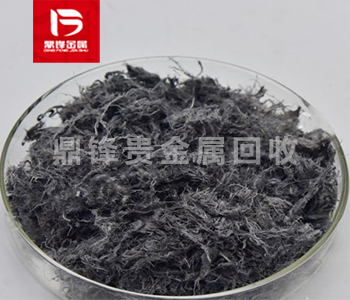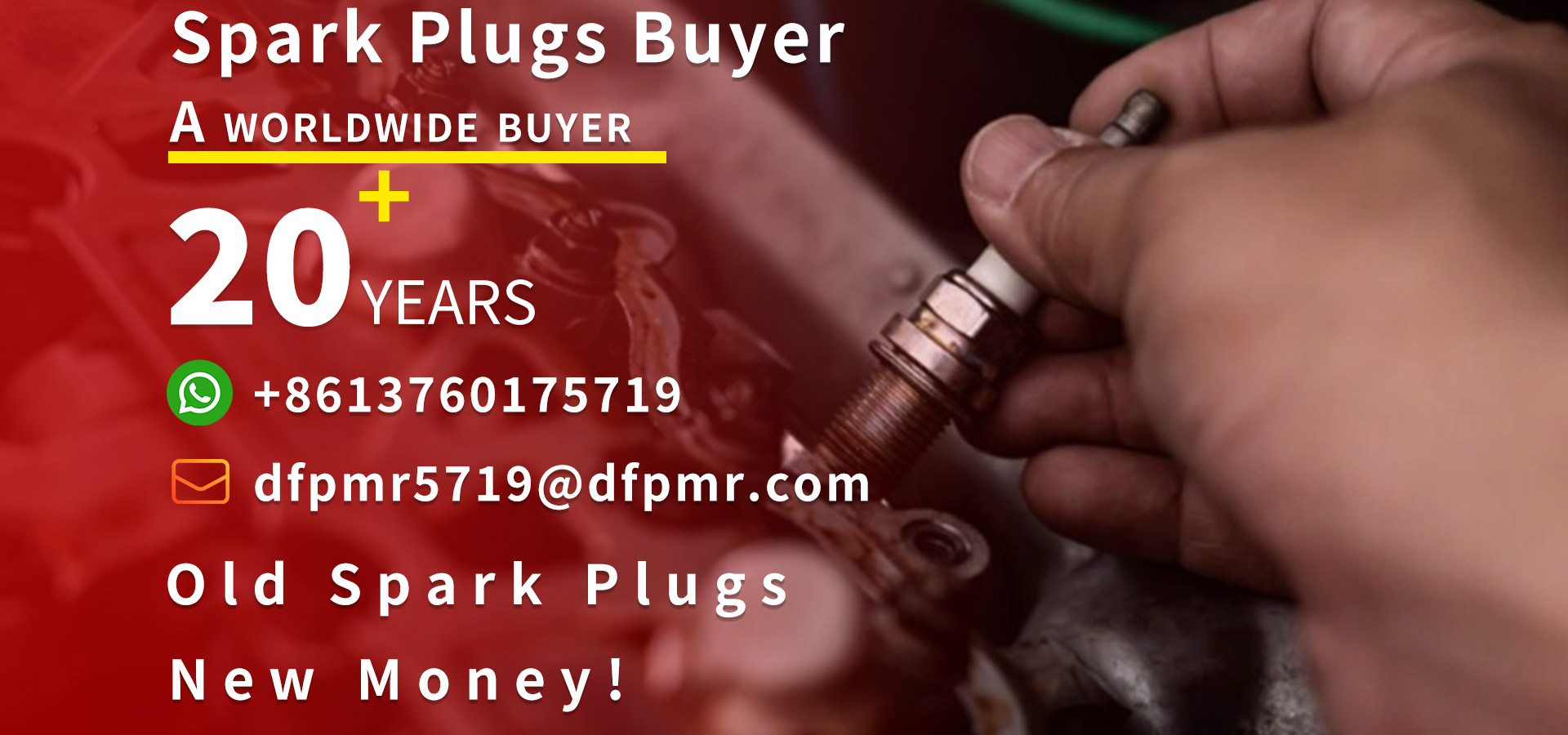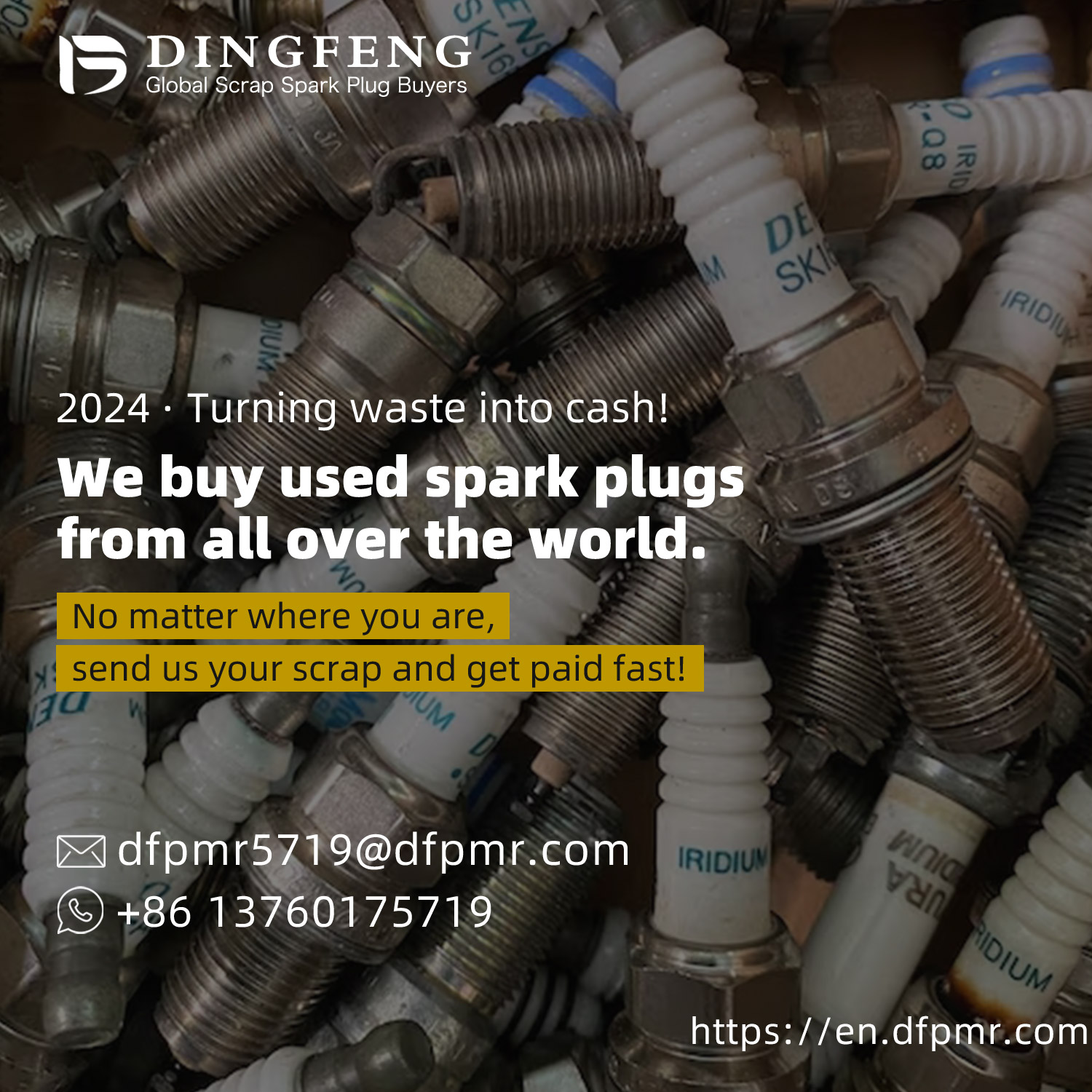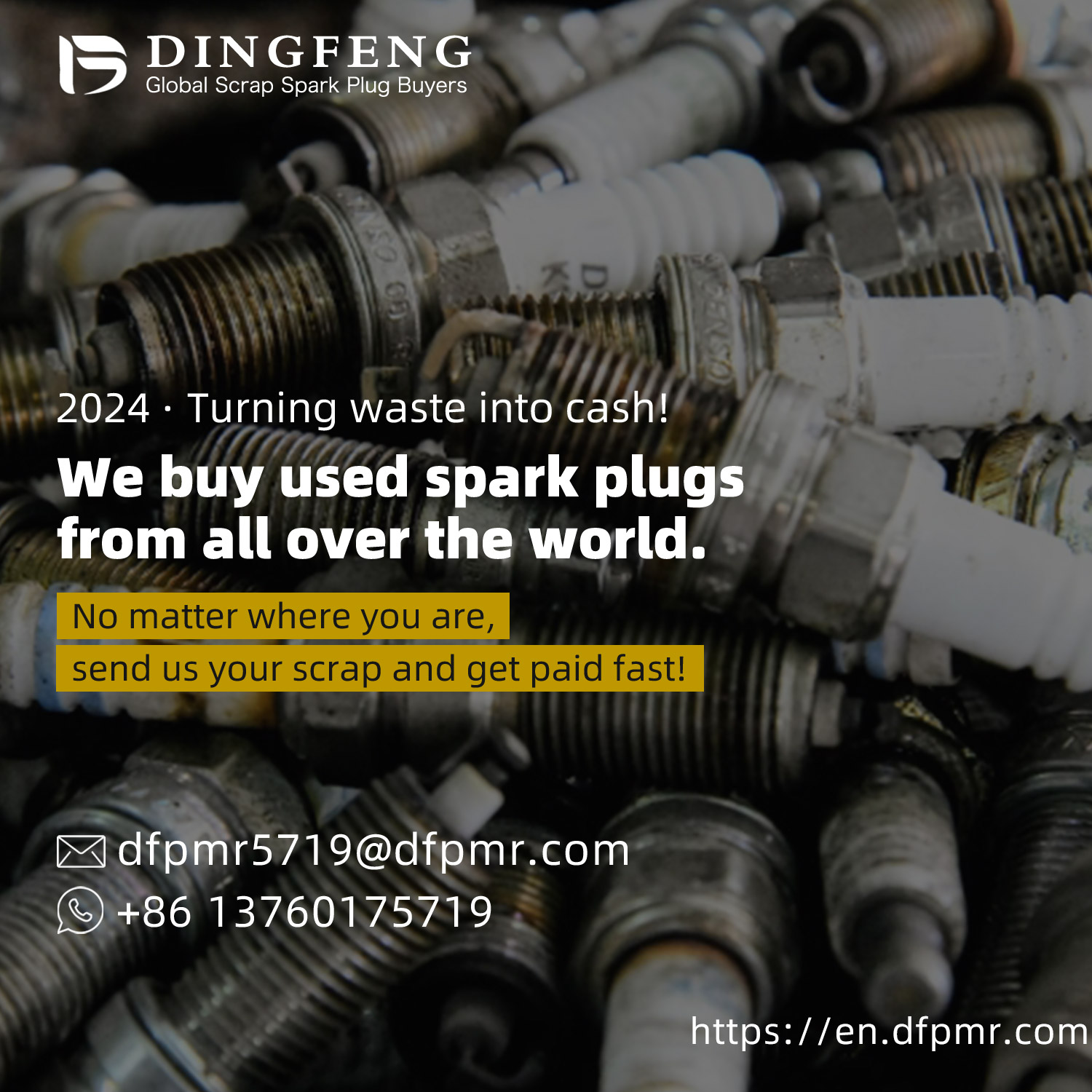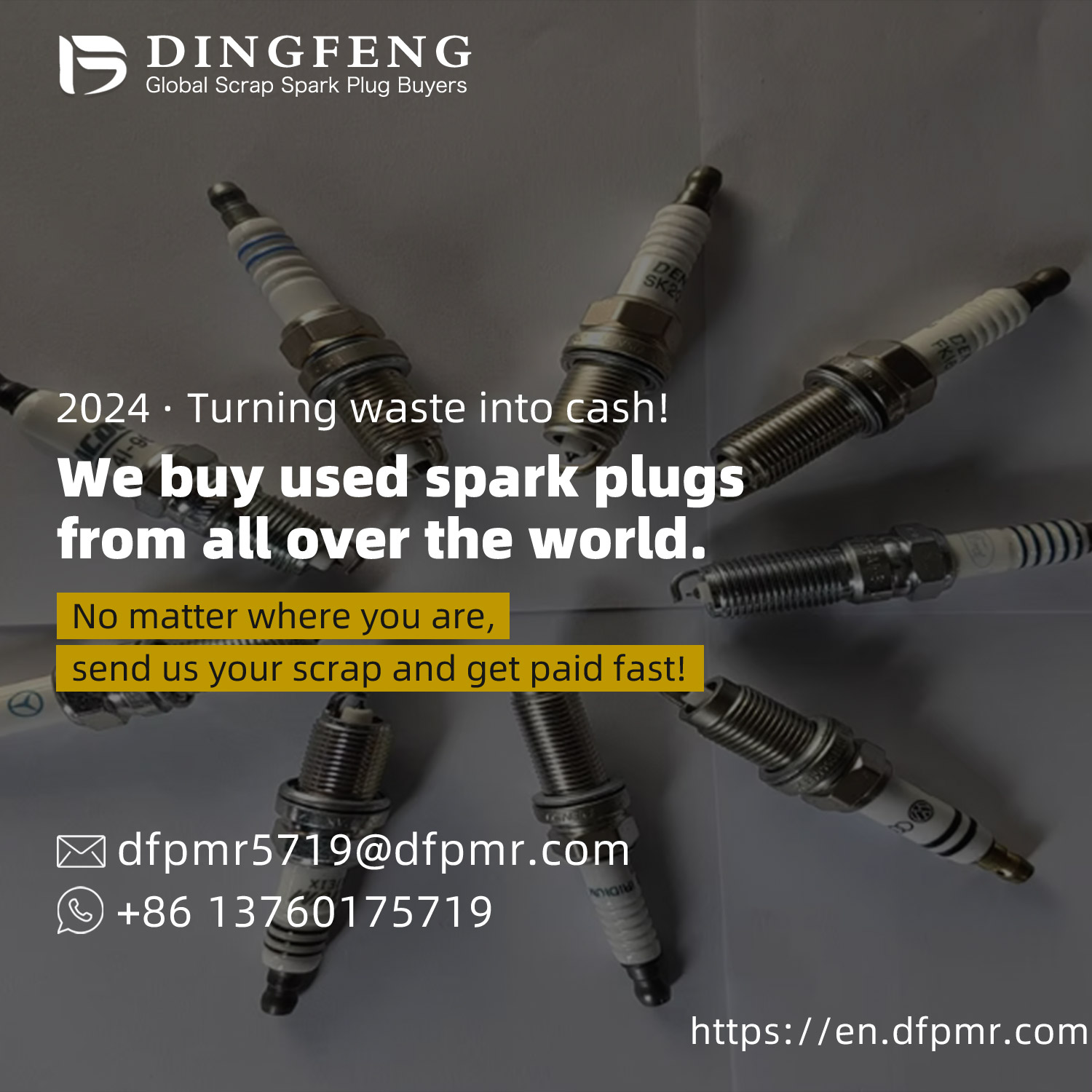Silver oxide recovery_ Recovery and purification process of Silver oxide waste
Silver oxide (Ag2O) is a dark brown or black powder used in various applications, such as the production of batteries, catalysts, and as a starting material for the production of pure metallic silver.
Silver oxide (Ag2O) is a dark brown or black powder used in various applications, such as the production of batteries, catalysts, and as a starting material for the production of pure metallic silver. However, this compound may lose its effectiveness due to impurities, contamination, or aging. Therefore, the recovery of Silver oxide is the key to ensure its continued use. There are several methods for recovering Silver oxide, each with advantages and disadvantages. In this article, we will study some of the most common methods of recovering Silver oxide.
Recovery process of Silver oxide: the first method to recover Silver oxide is to use strong acid. This process includes dissolving Silver oxide in strong acids such as nitric acid. The acid will react with Silver oxide to form Silver nitrate and water. Then, Silver nitrate can be collected by filtering the solution, and water and acid can be discarded at the same time. The advantage of using strong acid is that the process is relatively simple and can produce high-purity Silver nitrate. However, the disadvantage is that strong acids can be dangerous and require careful handling. In addition, this method may also be time-consuming and may not be suitable for large-scale production.
Another method of recovering Silver oxide is to use reducing agent, such as Sodium borohydride. This process includes adding reducing agent in Silver oxide solution to reduce silver ions into metallic form. Then, the reduced silver particles can be collected by filtering the solution and washed with water for cleaning. The advantage of using reducing agents is that it is a fast and effective process. It also produces pure metallic silver that can be used for various applications. However, the disadvantage is that specialized equipment and expertise are required to safely carry out reduction reactions.
The third method of recovering Silver oxide is precipitation reaction. This process involves adding suitable reagents to the Silver oxide solution, resulting in the formation of precipitation. Then, the sediment can be collected and washed to obtain pure silver. This method is advantageous as it is a relatively simple process that can produce high-purity silver. However, the disadvantage is that it requires suitable reagents to generate precipitates, which may not be easily obtained or cost-effective.
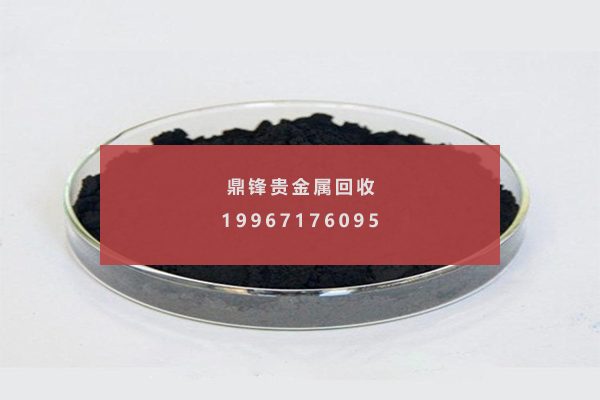
The fourth method for recovering Silver oxide is electrolysis. This process involves the reduction of silver ions to metallic form at the cathode by passing through Silver oxide solution through current. Then, the reduced silver particles can be collected by filtering the solution and washed with water for cleaning. The advantage of using electrolysis is that it is a fast and efficient process for producing pure metallic silver. However, the disadvantage is that it requires specialized equipment to perform the electrolysis process, and its setup and operation may be expensive.
In addition to these methods, other technologies such as roasting, roasting and smelting can also be used to recover Silver oxide. However, these methods are often more complex, costly, and require specialized expertise, which may not be suitable for daily use. Once Silver oxide is recovered by any of these methods, it can be further processed into various products, such as pure metallic silver or Silver nitrate, for other purposes. The recovered silver can also be recycled, reducing the need to extract new silver from the Earth.
The recovery of Silver oxide is the key to ensure its continued use in various industries. There are several methods for recovering Silver oxide, each with advantages and disadvantages. The choice of method used will depend on various factors such as cost, efficiency, and the quality of the final product. By recycling and reusing Silver oxide, we can protect this precious resource and reduce our dependence on extracting new silver from the earth.
&Quot; Dingfeng Precious Metals Recycling includes precious metals such as gold, silver, palladium, rhodium, platinum, germanium, iridium, ruthenium, etc. This is our business in precious metal recycling. If you have precious metals such as gold, silver, palladium, rhodium, platinum, germanium, iridium, ruthenium that need to be recycled, please contact us and we will provide you with a satisfactory price& Quot;



